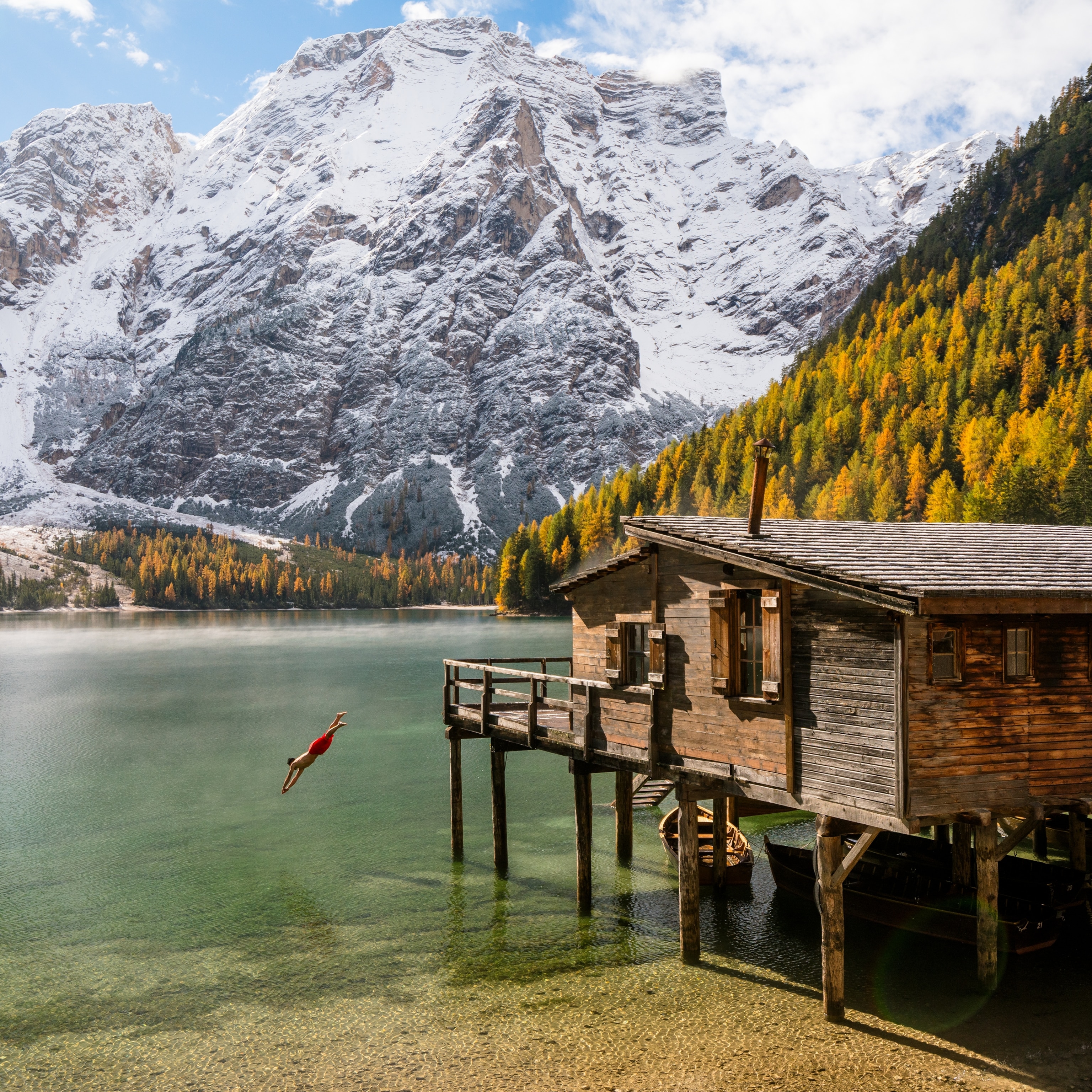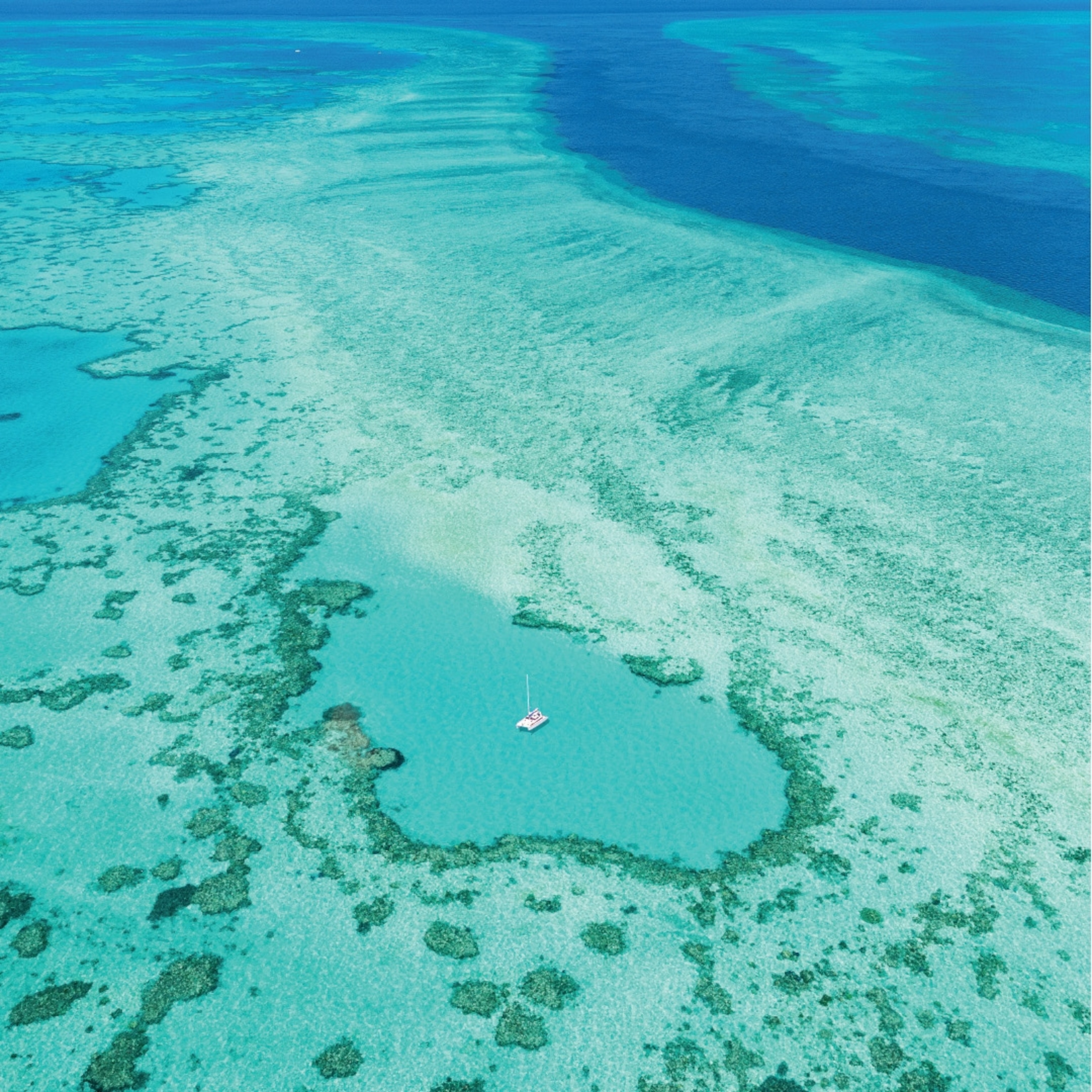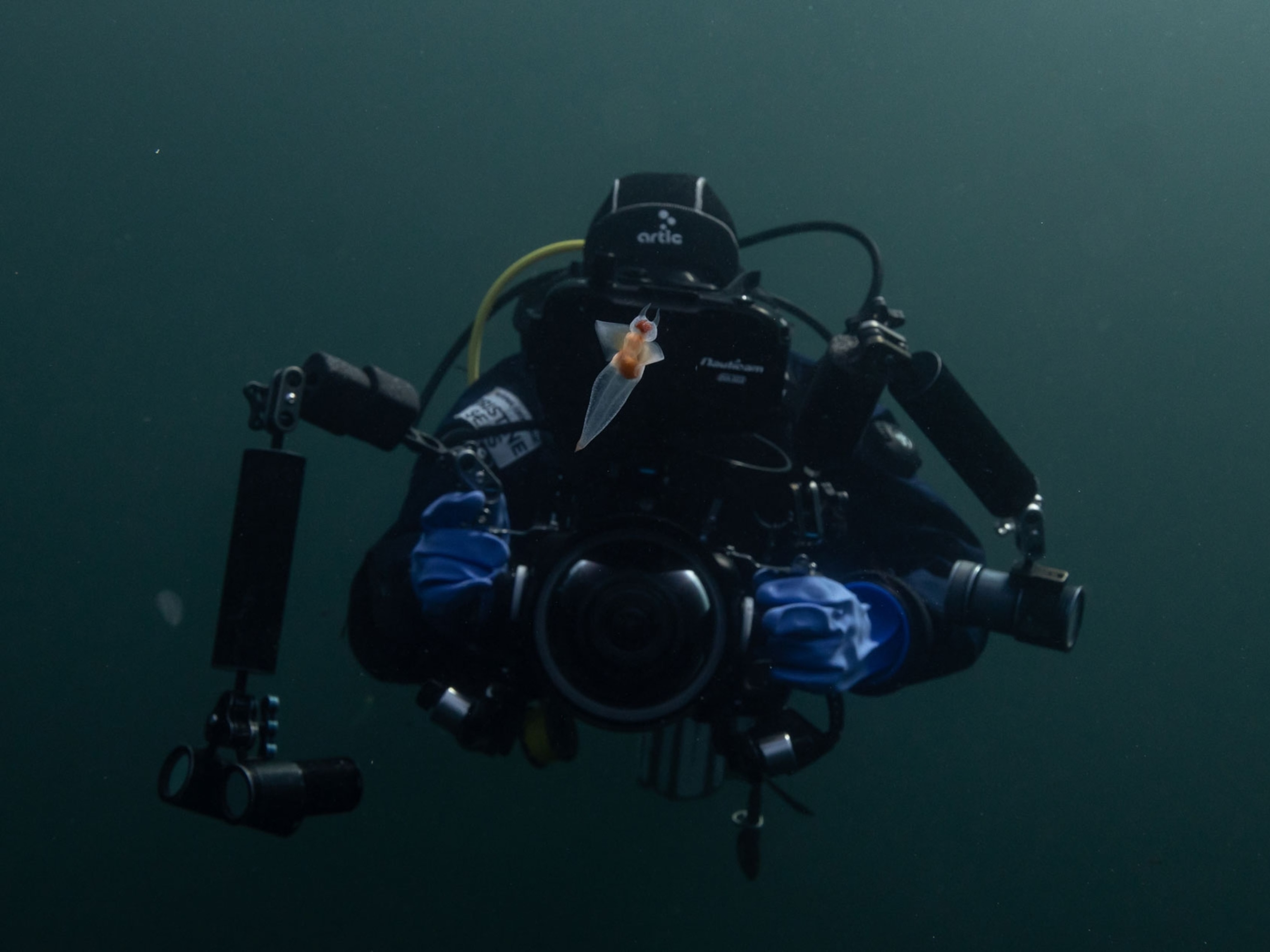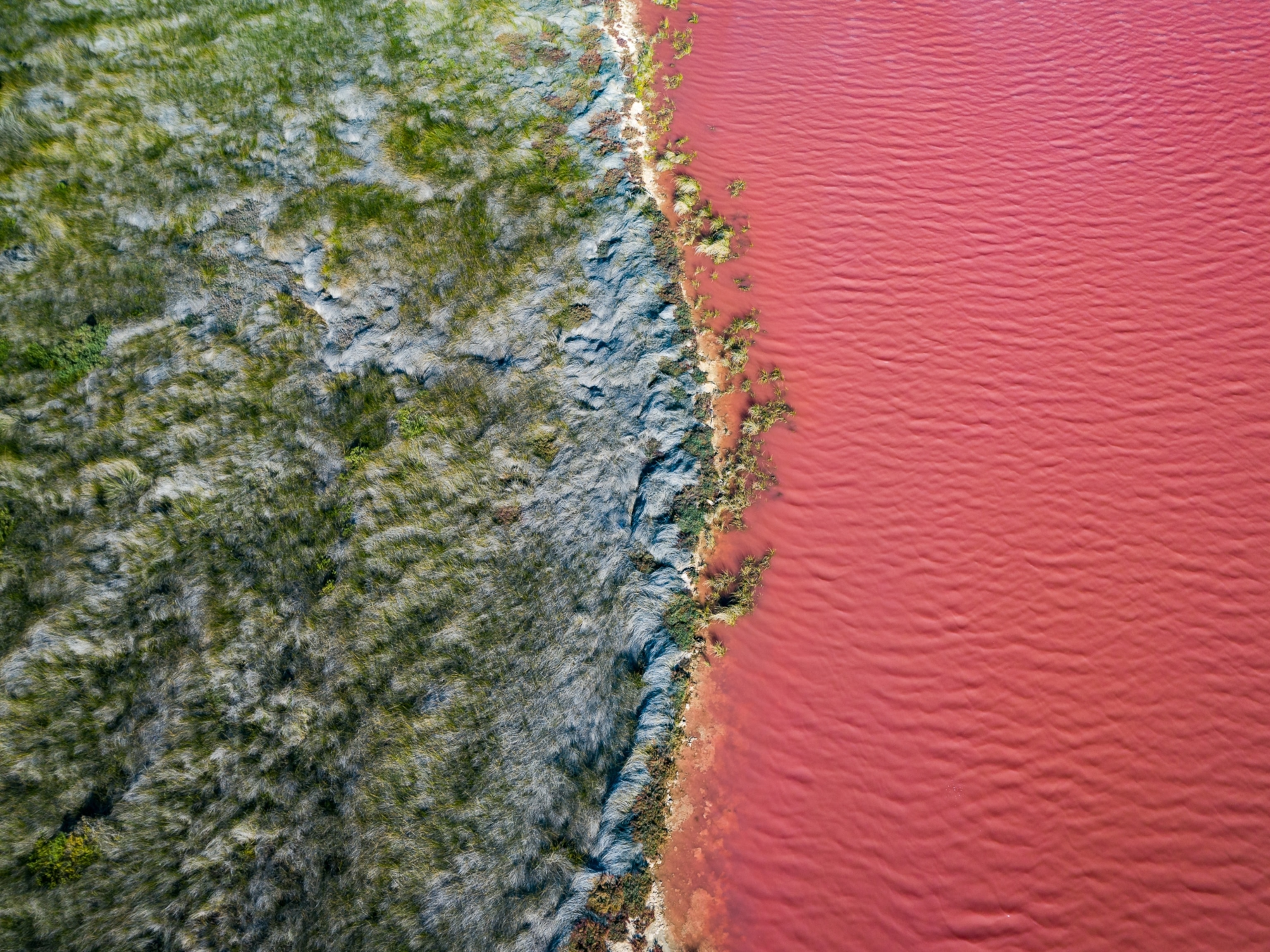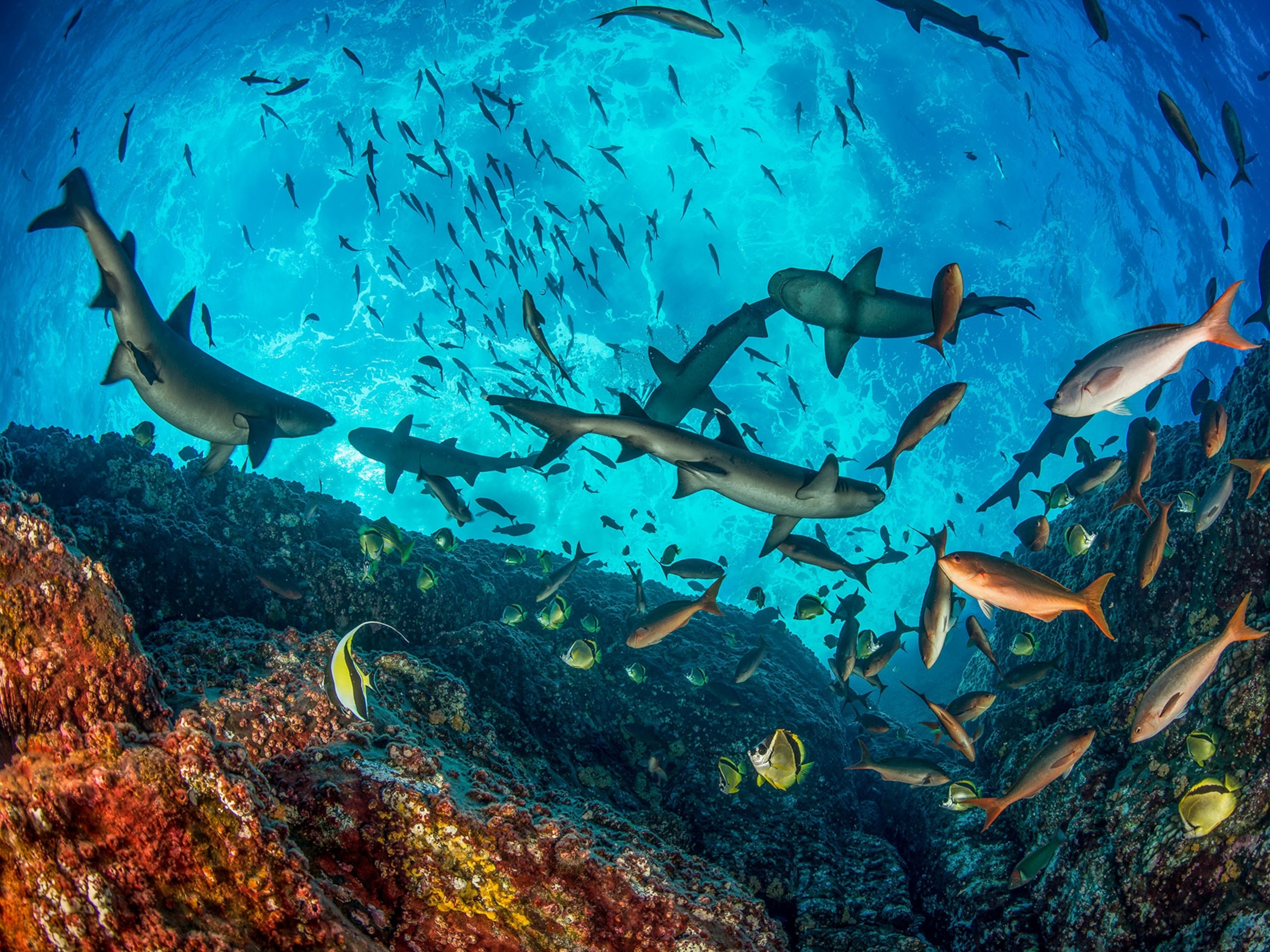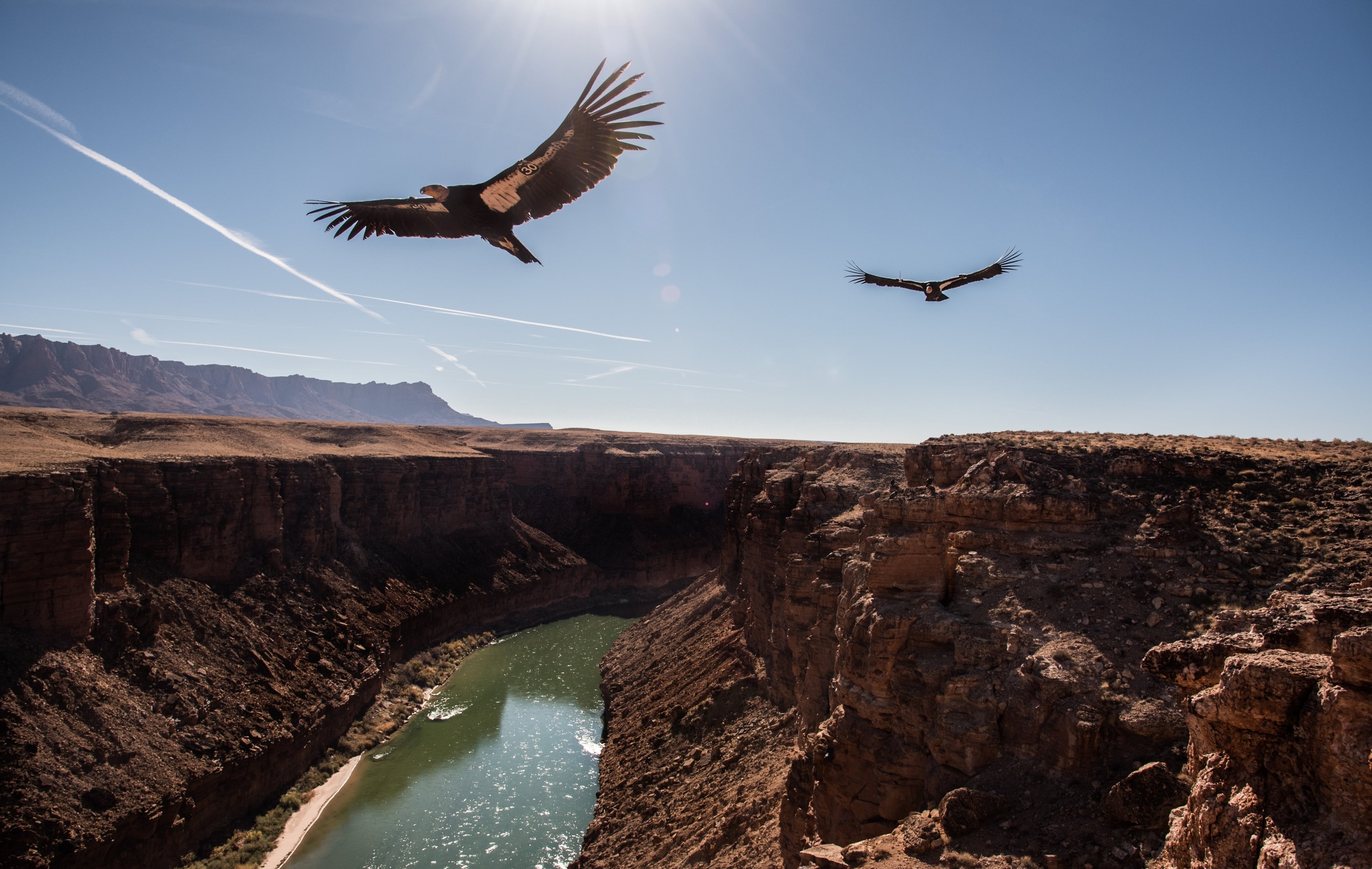
Fixing the Grand Canyon’s aging water pipeline won’t be easy—but it’s necessary
The park’s only water source needs a major upgrade, meaning that drastic changes to popular trails and campgrounds are only a few years out.
Grand Canyon, one of the busiest national parks in the country, has a surprisingly complex—and precarious—method of supplying water to its most popular spots. Millions of visitors (plus 2,500 year-round residents, most of them park workers) at the Grand Canyon’s South Rim rely on water sourced from the North Rim via a 12.5-mile aluminum pipeline built in the 1960s.
Now decades beyond its planned end of life, the pipeline needs major upgrades. In 2019, a plan was approved to replace portions at an estimated cost of around $120 million. The project, which starts construction in early 2023, will likely take around three years to complete—and will impact tourism by closing numerous popular campgrounds and trails.
“As we’re working through those construction drawings and specifications, one of our goals is to minimize impacts to visitors. But with a project of this size, there will be impacts,” says Kris Provenzano, a program manager and structural engineer at the National Park Service.
Decades of problems
So why are repairs necessary now? The existing lightweight aluminum pipe, which runs over rough terrain from the North to the South Rim, breaks frequently because it’s delicate and easily worn down.
“At the Park Service, we have 100 names for a pipeline break,” says Provenzano. “You have a bubbler, you have a sprayer, you have a leak.”
Breaks happen 12 to 20 times per year, says Grand Canyon spokesperson Kaitlyn Thomas, and often limit water at popular backcountry spots, such as the Bright Angel campground. Multiple times each year, the Grand Canyon website advises hikers and backpackers that there’s limited water available below the rim due to pipeline issues.
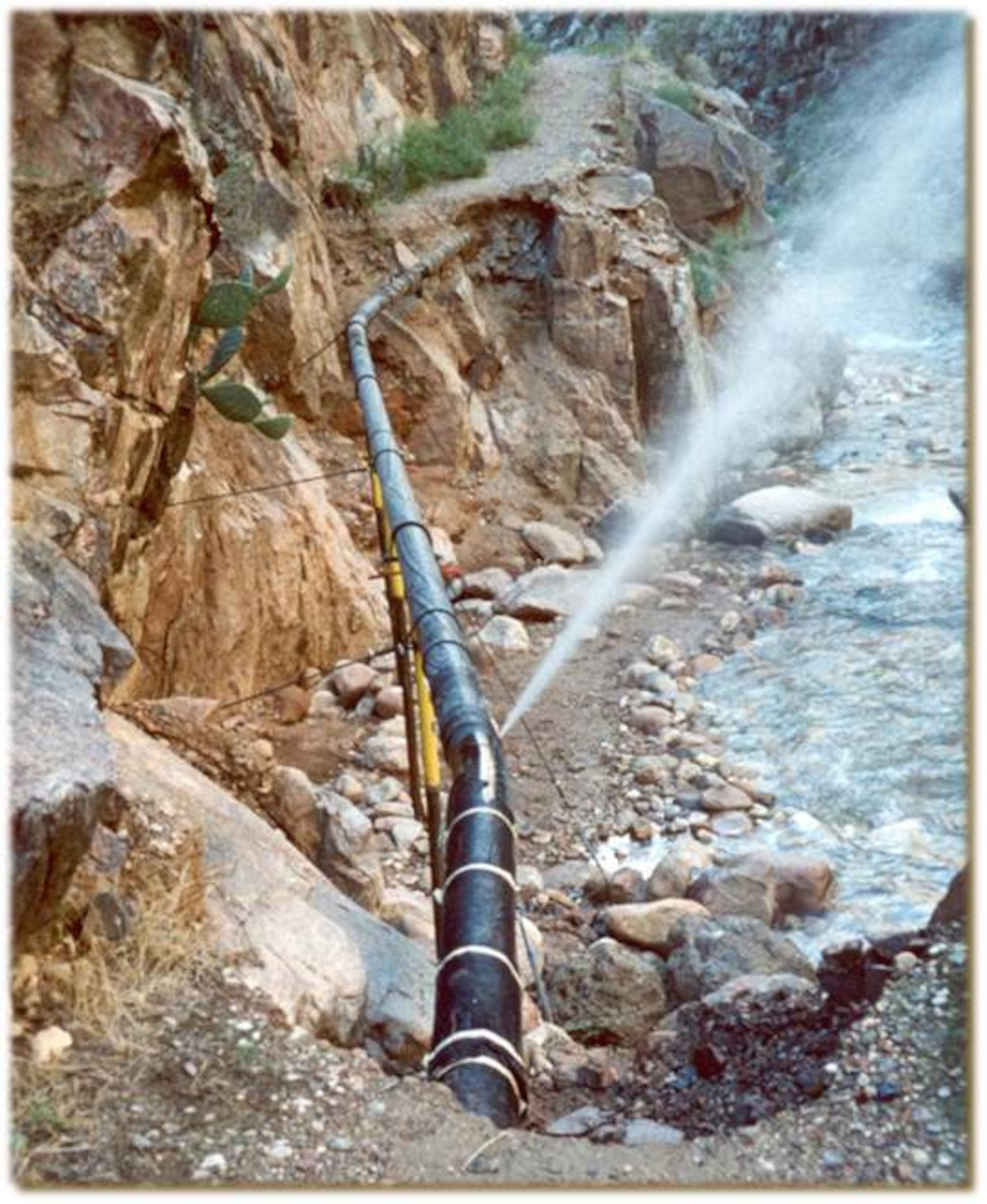
(Here’s how to hike the Grand Canyon’s less trafficked trails.)
Provenzano says hikers often report leaking water on the trail, but park officials are more concerned when breaks occur where the pressure is highest. “You're looking at 700 psi of pressure at the bottom. So, you've got a pressure washer coming out at times,” she says.
That’s when the pipe needs to be shut off and the specialized pipeline repair crew is sent in—with the original, 60-year-old pipe bending equipment. Each pipeline repair, on average, costs $25,000.
The South Rim, which sees the vast majority of park visitors, isn’t in imminent danger of losing water from a pipeline break, but it has happened before. In 2018, a cascading failure led to a serious lack of water at the park’s hotels, concessions, and bathrooms for nearly four weeks during the spring break season, impacting 17,000 people per day. (Park staff maintain about 14 million gallons of water in storage tanks, enough to last about two weeks.)
(These adventurers hiked the length of the Grand Canyon in order to save it.)
The major difference with the new pipeline will be a change in where the water comes from. Currently it’s fed by water from Roaring Springs, located on the North Rim. Although Roaring Springs still produces water, Provenzano says that the seep’s flow is starting to decline.
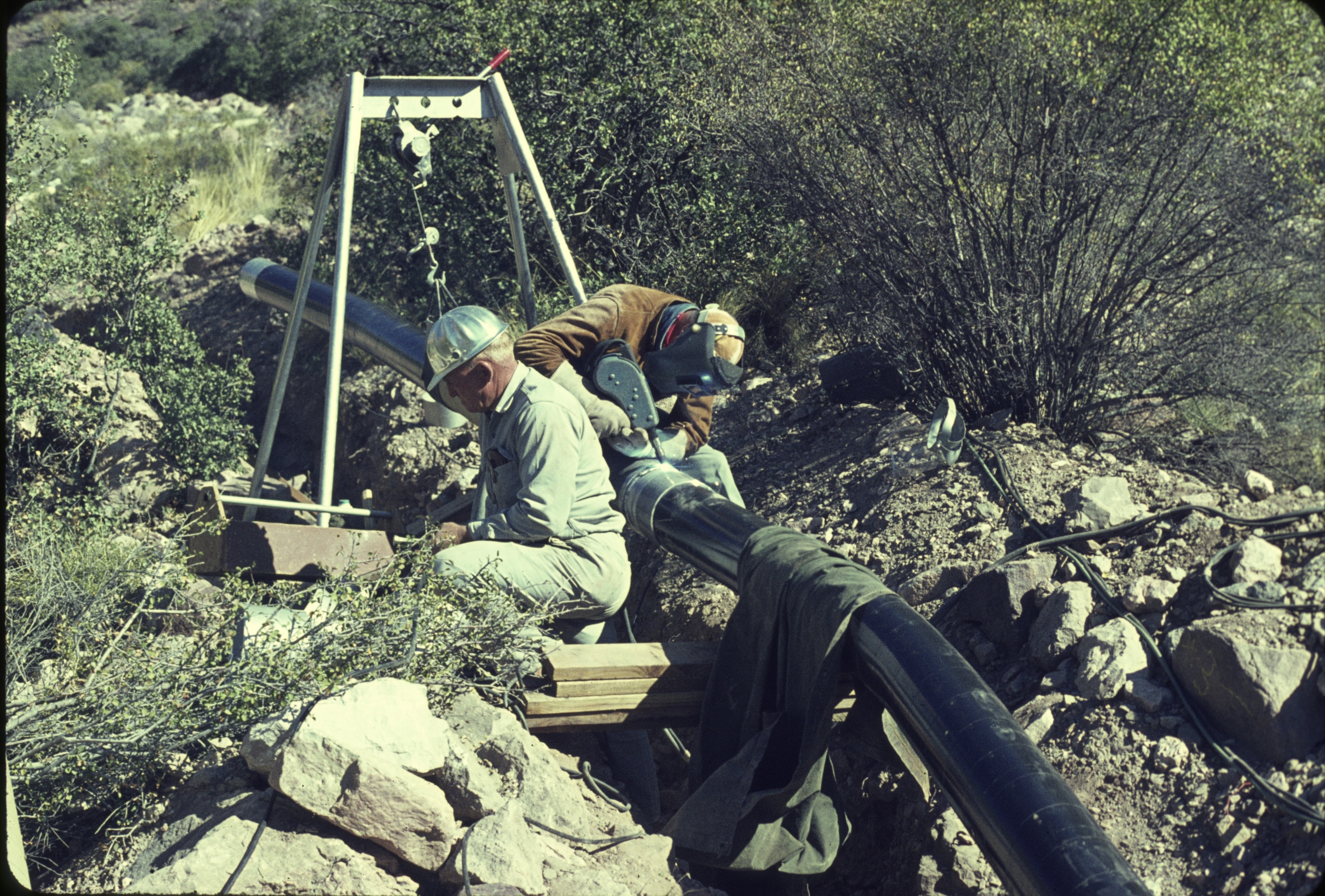

“We want to build a pipeline that’s going to last us for another 50 years,” she says.
The new intake will be located near Phantom Ranch, a popular destination at the bottom of the canyon. The change will shorten the pipeline by seven miles and avoid the narrow area called “The Box,” where the pipe zig-zags and most of the breaks occur. The existing aluminum pipe will be replaced with heavier, stronger steel.
Impacts on visitors
Of the six million people who visit the Grand Canyon each year, only about 100,000 of them make it to the campgrounds and trails at the bottom of the canyon—but getting the necessary backcountry permits is still highly competitive. The new pipeline construction plan will keep visitor impacts within the canyon to a minimum, but it’s impossible to avoid them completely.
The funding for the project is secure, Provenzano says, because it’s part of the congressionally authorized park budget and is also paid for by a portion of park entry fees. The park will award the project to a contractor by September 2022 and then construction will begin in the following months.
“In the first two years of construction—so, January 2023 until about ‘25—we’re expecting that you’re going to see various trail closures and reroutes throughout the area where the pipe is running,” Provenzano says.
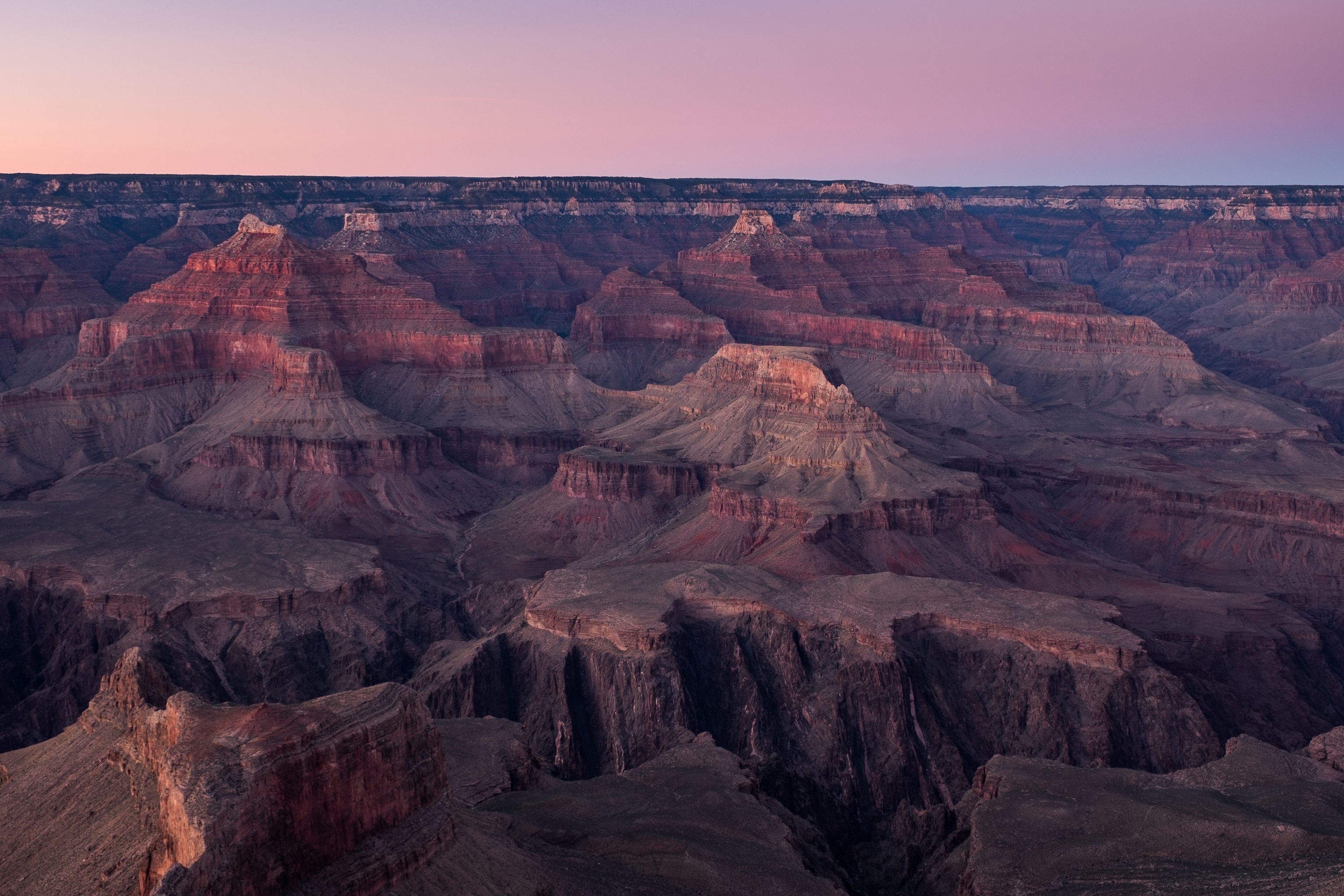
The current pipeline runs alongside two miles of the River Trail, which will be closed for pipe repairs for at least six months. Provenzano says park staff will ensure access to Phantom Ranch when the construction site there is safe for visitors.
(Here’s how to take amazing photos at the Grand Canyon.)
The ranch also includes a campground and sought-after cabins that are booked out over a year in advance, and which may be closed to visitors while workers live there during construction. Other changes at the ranch include a new water treatment facility and 50,000-gallon water tank, as well as replacement of worn-down, 100-year-old water lines.
Visitors are also going to notice more helicopters. Without roads, construction materials need to be brought to the canyon bottom via helicopter, which can be noisy. “You are going to see at least twice the number of helicopters going into the canyon that you do now, if not three times as much,” says Provenzano.
Thomas says the park will be sure to post notices online about any closures of trails or campgrounds so visitors aren’t disappointed about any destinations being closed.
“That’s something that’s really important to us, that transparency of impact,” she says. “Because we believe that this project will have such benefit overall.”
Shaena Montanari is a Phoenix-based reporter. You can follow her on Twitter.
